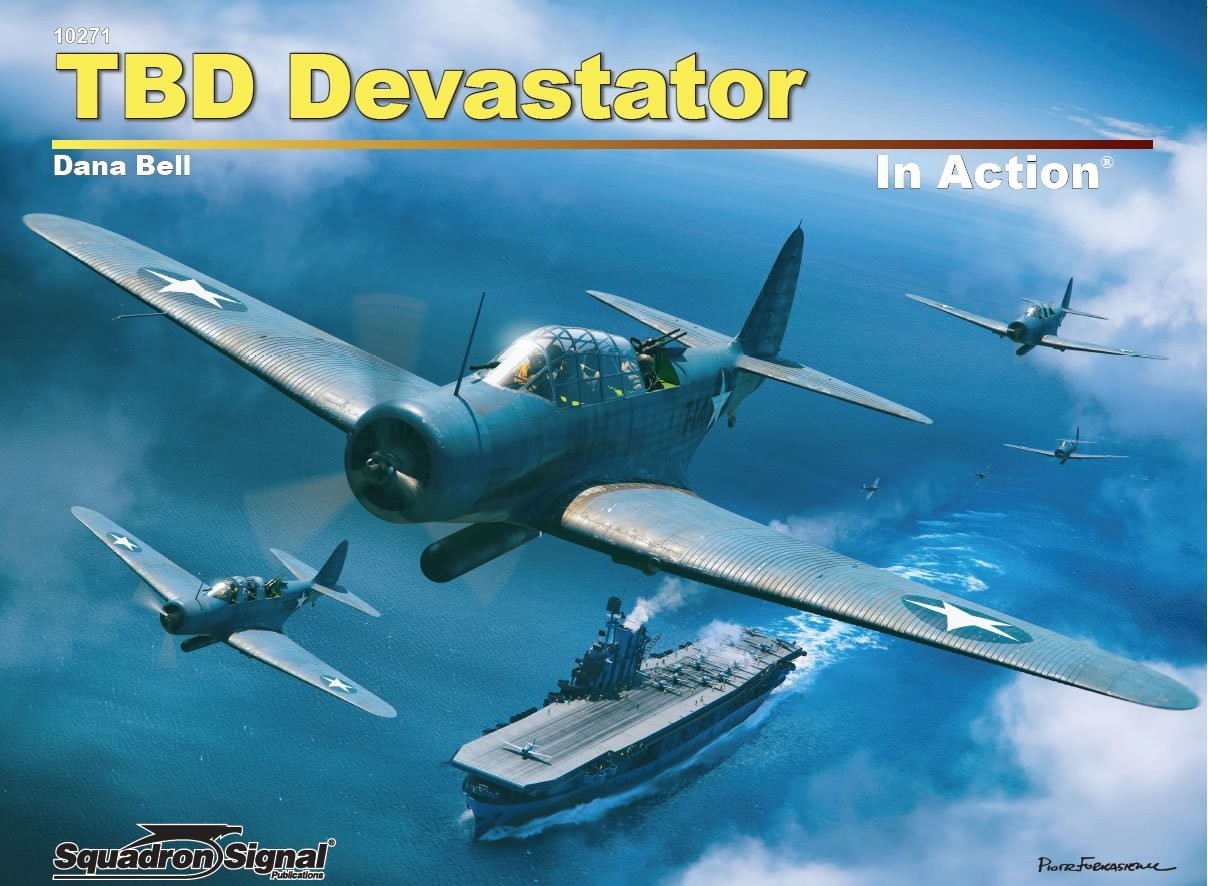
Introduction
The Douglas TBD Devastator came into the mid-1930s as one of the top naval aviation airframes in the world, but before the decade was out, it became a victim of the quickly-changing aviation arms race. The Japanese forces it would have to deal with, especially the Zero, were too fast and powerful for a plane that needed to drop its torpedo at speeds below 115mph. The Devastator wasn't help by the disastrous American Mark 13 torpedo that basically failed to work most of the time. While performing well at the Battle of the Coral Sea and other early actions, it was the Battle of Midway that signaled the end for the aircraft: 41 Devastators were sent to attack the Japanese carriers, with no hits recorded and only six planes returning. After that, the Devastator was withdrawn from active combat, replaced by Grumman's TBF Avenger (which ironically proved to be equally ineffectual).
Yet for modelers of the Interwar period and the early months of WW2, the TBD Devastator is a pivotal aircraft deserving of a first-class book. Superstar historian Dana Bell has delivered just such a book for Squadron/Signal Publications (also distributed by David Doyle Books) in his TBD Devastator in Action.
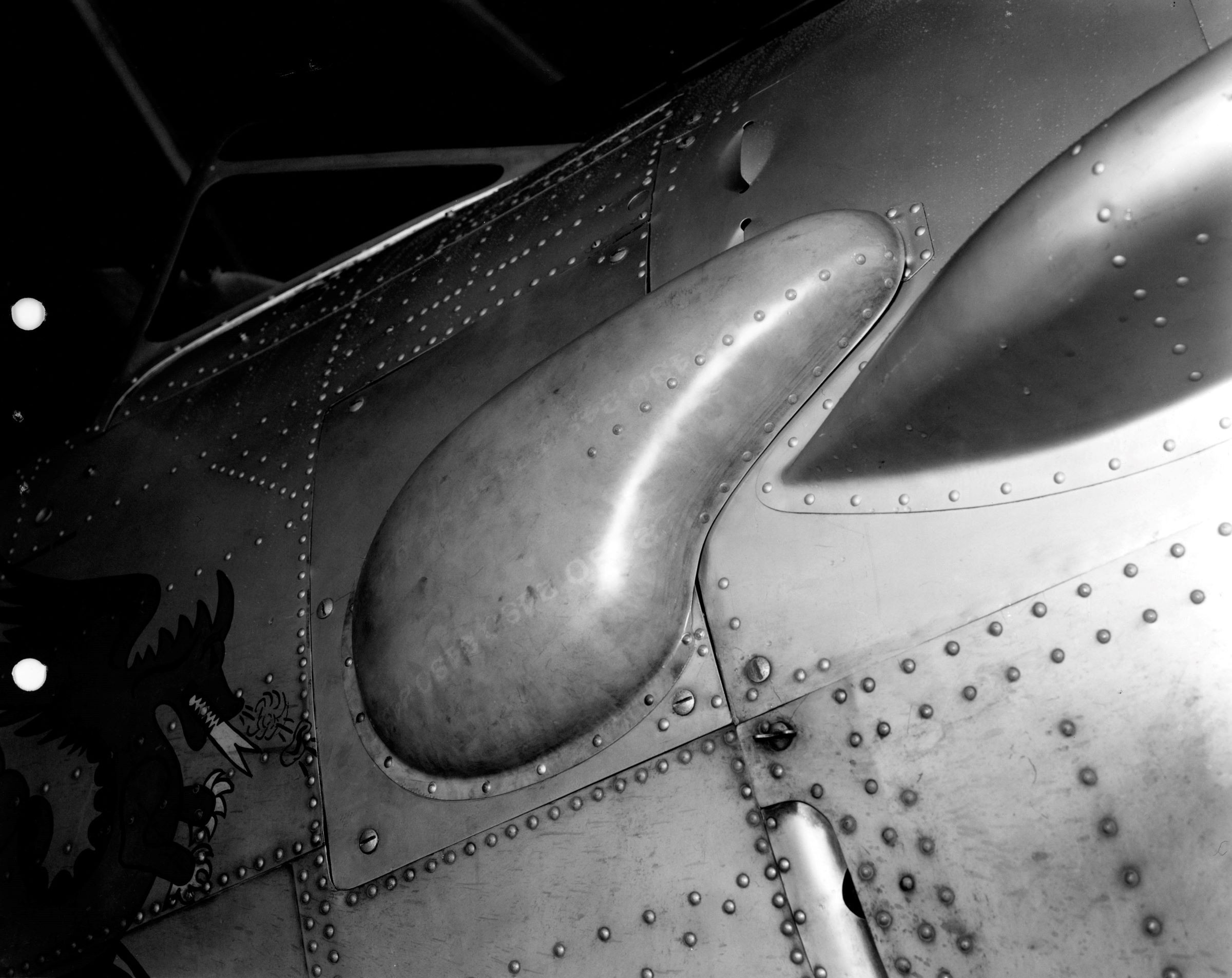

Contents
This 176-page book features an extensive amount of new research and many never-before-seen images. Twenty-seven separate sections examine the plane from nose to tail, including the engine, fixed gun, and canopy. The cockpit has four separate sections covering the pilot, assistant pilot, bombardier, and the radio operator/gunner. Wings, flotation gear, landing gear and the bomb and torpedo areas are covered. The book then adds ten chapters on camo and markings, along with individual treatments of the Devastator groups aboard the Lexington, Saratoga, Ranger, Yorktown, Enterprise, Wasp and Hornet, as well as "other units," which seems to be airfields where the plane was stationed. TBD Devastator in Action then concludes with a chapter on just that: the aircraft's brief combat in the early part of the war.
The famous Norden bombsight
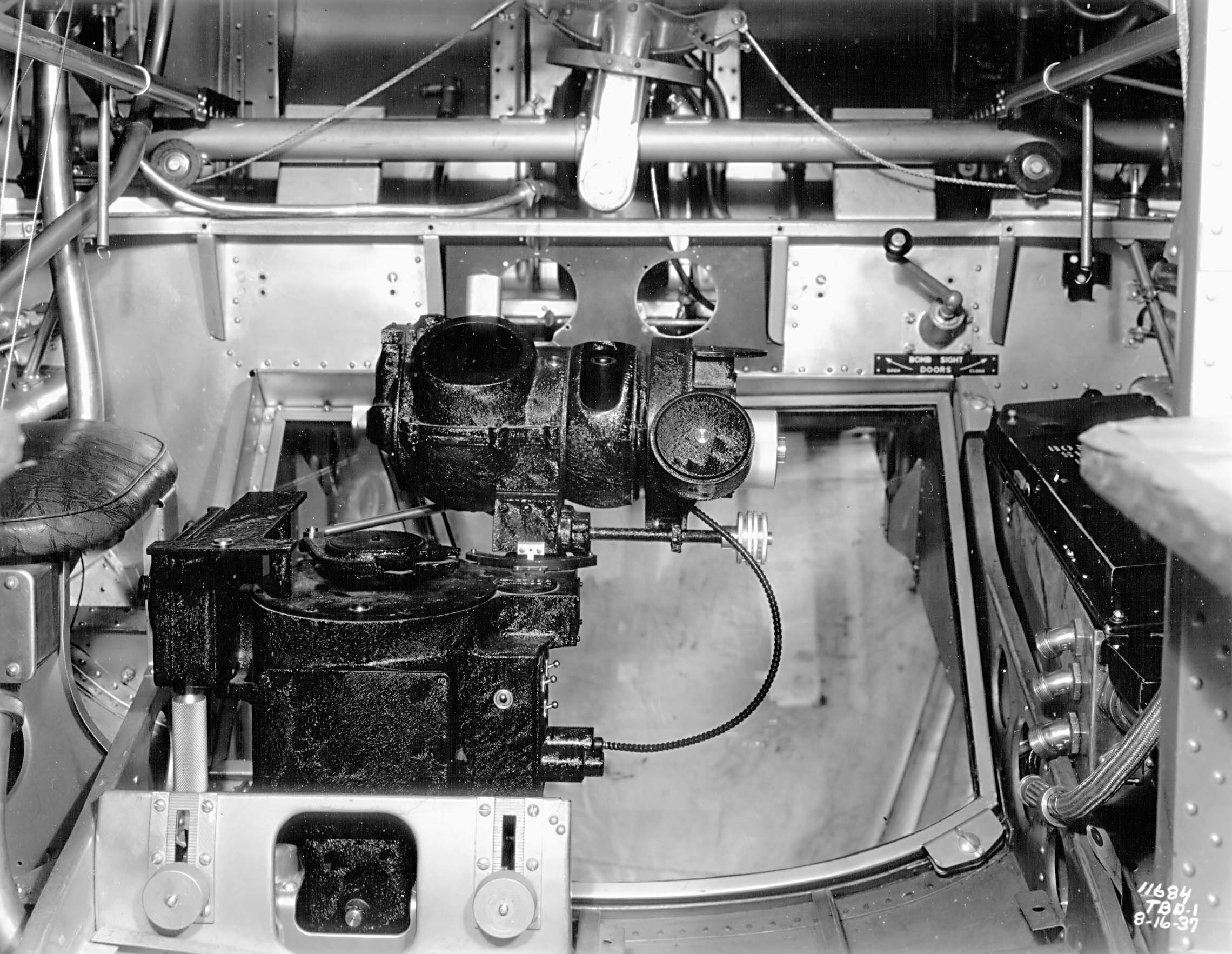
The Review
The publication of a new Dana Bell book is always a cause for excitement, and TBD Devastator in Action does not disappoint. The "X in Action" series (formerly by Squadron and now handled by David Doyle Books) may be a bit misleading: the earlier "In Action" books were often just collections of photos of a particular subject in the field, or (in the case of aircraft) in flight. This book is more like Dana's other volumes: a thorough examination of the aircraft from top to bottom, along with some fascinating action shots. The book is clearly aimed at the modeler and the super-detailer, with many, many close-ups and crisp, clear photos of the ins and outs of the TBD Devastator.
For example, a good deal of space and attention is devoted to the colors and markings of the various aircraft and their units. Where lacking in official records, Bell injects color drawings to show how things like cockpit armor were handled. And where period photos are missing, color plates by Piotr Forkasiewicz and Mark Tutton make up for the shortcoming. And while it might seem dry covering the various sections of the aircraft, Bell always makes it interesting with a profusion of facts. I did not know, for example, that the overall aluminum finish of these aircraft was from a combination of ground aluminum powder and spar varnish.
Ammo by MIG, I expect a replication of that color!
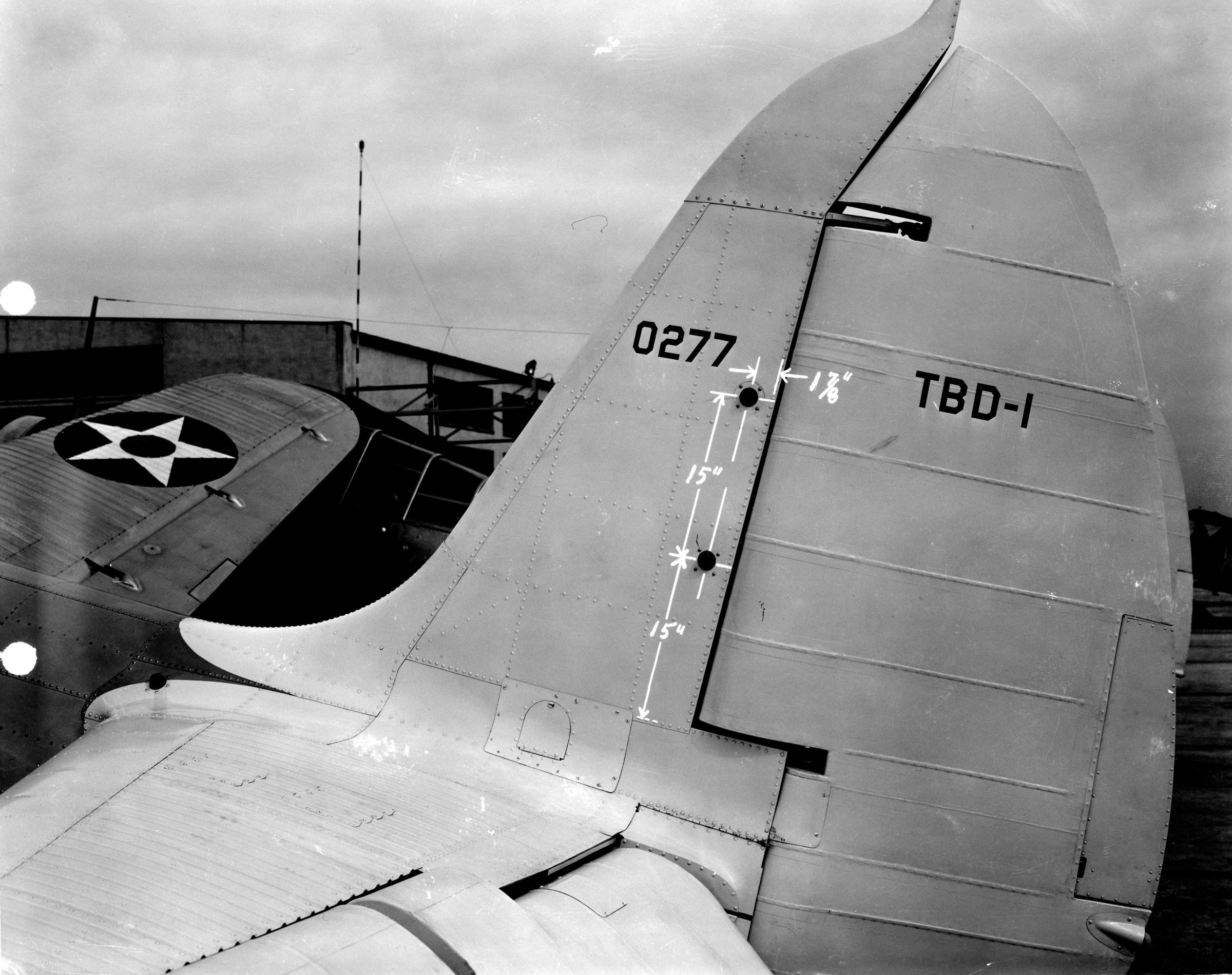
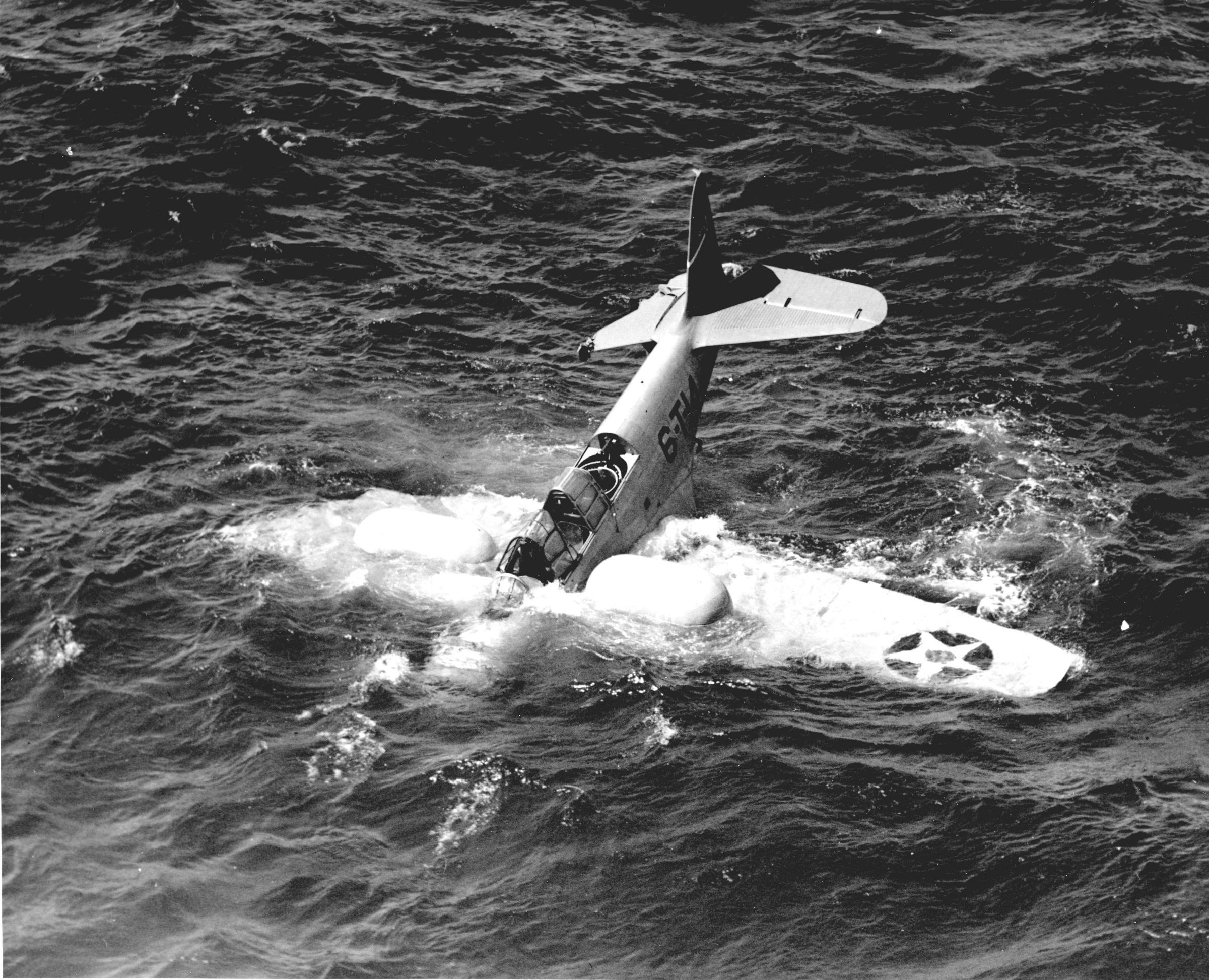
A second high point of the book is the sections on markings and camo. Despite the impression that the United States made a quick and seamless transition from the "yellow wings" pre-war era to a wartime footing, the Navy was experimenting with a variety of solutions to the problem of keeping their planes as stealthy as possible. They hired an outside designer to test oddball schemes, and toyed with different color patterns from light gray to dark gray to gray-blue. And while color photos from the era are scarce, leave it to Dana Bell to come up with a two-page gate-fold showing the disposition of the yellow wings pattern.
The Devastator was anything but devastating, however, and the United States frankly struggled with its torpedoes and their delivery systems in the first few years of the war. The torpedoes were often defective, something the Navy refused to consider, instead blaming torpedo bomber pilots and submarine commanders for the duds and poor performance. The Devastator performed well at the Battle of the Coral Sea, helping sink the carrier Shōhō without a single aircraft lost. Sadly Midway would prove the plane was no longer able to keep with the the air war at sea.
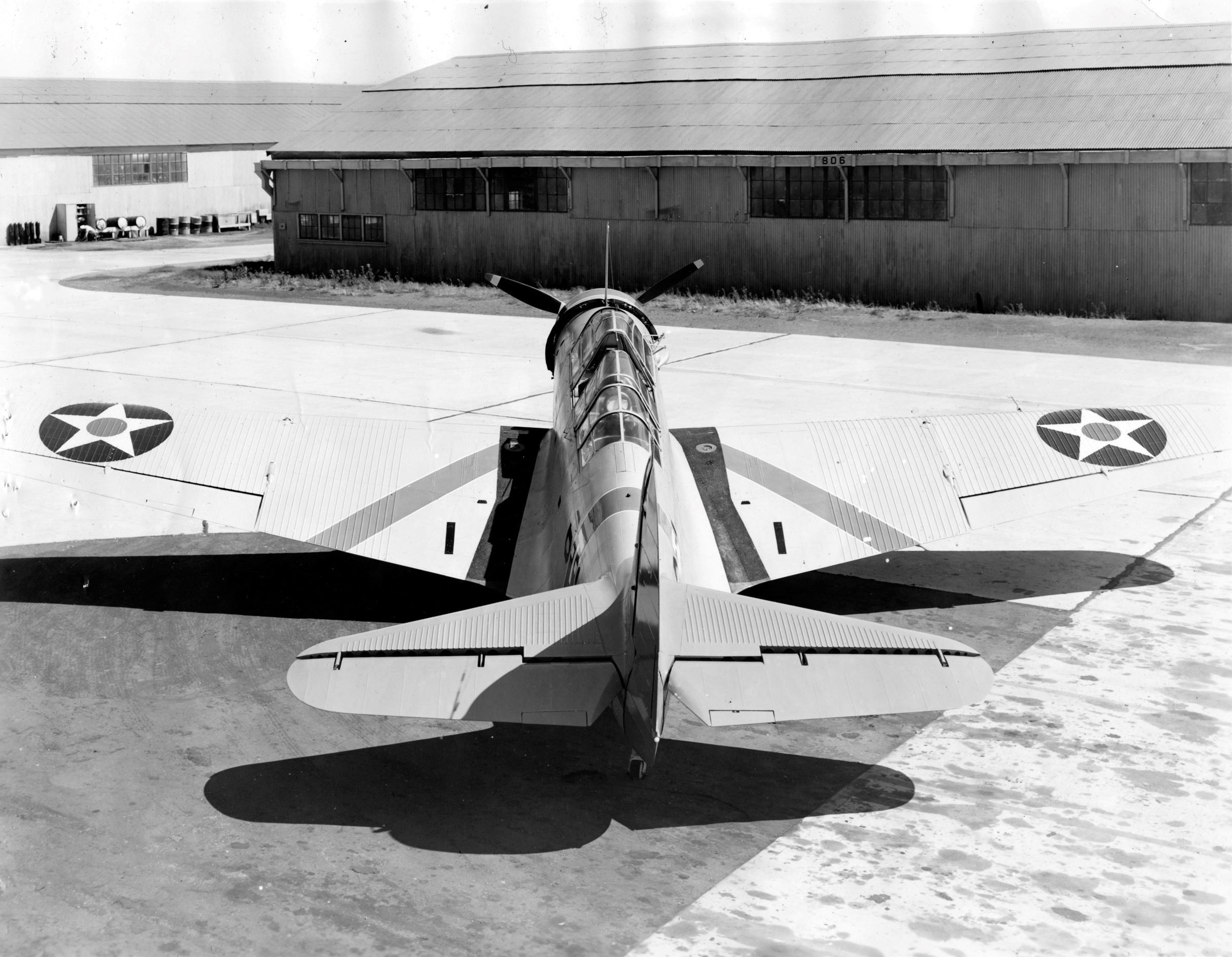
Conclusion
Dana Bell is one of the star writers about propeller-driven aviation. His earlier books on the F4U Corsair are the standard that other sources must be measured against, and he has hit the mark once again. The quality of the writing and the wealth of crisp photographs (many published for the first time) mean anyone planning on building a Devastator knows where to begin: with a copy of this book. It's rare that a book makes me want to go out and order a kit to savor the information in my hands, but this is one of those cases.
Thanks to Squadron Signal Publications for providing this review copy. Be sure to mention you saw it reviewed on Aeroscale when purchasing your own.
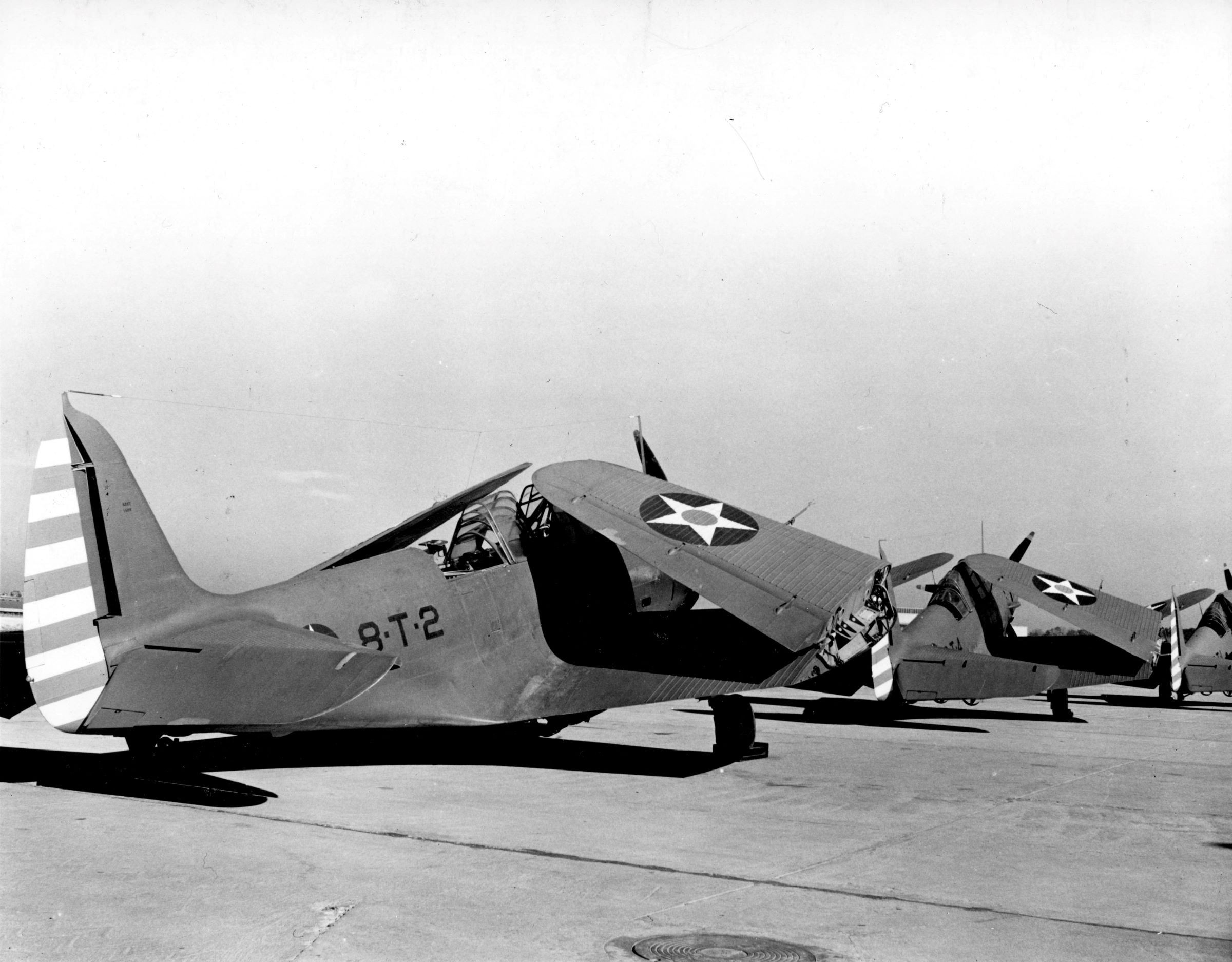
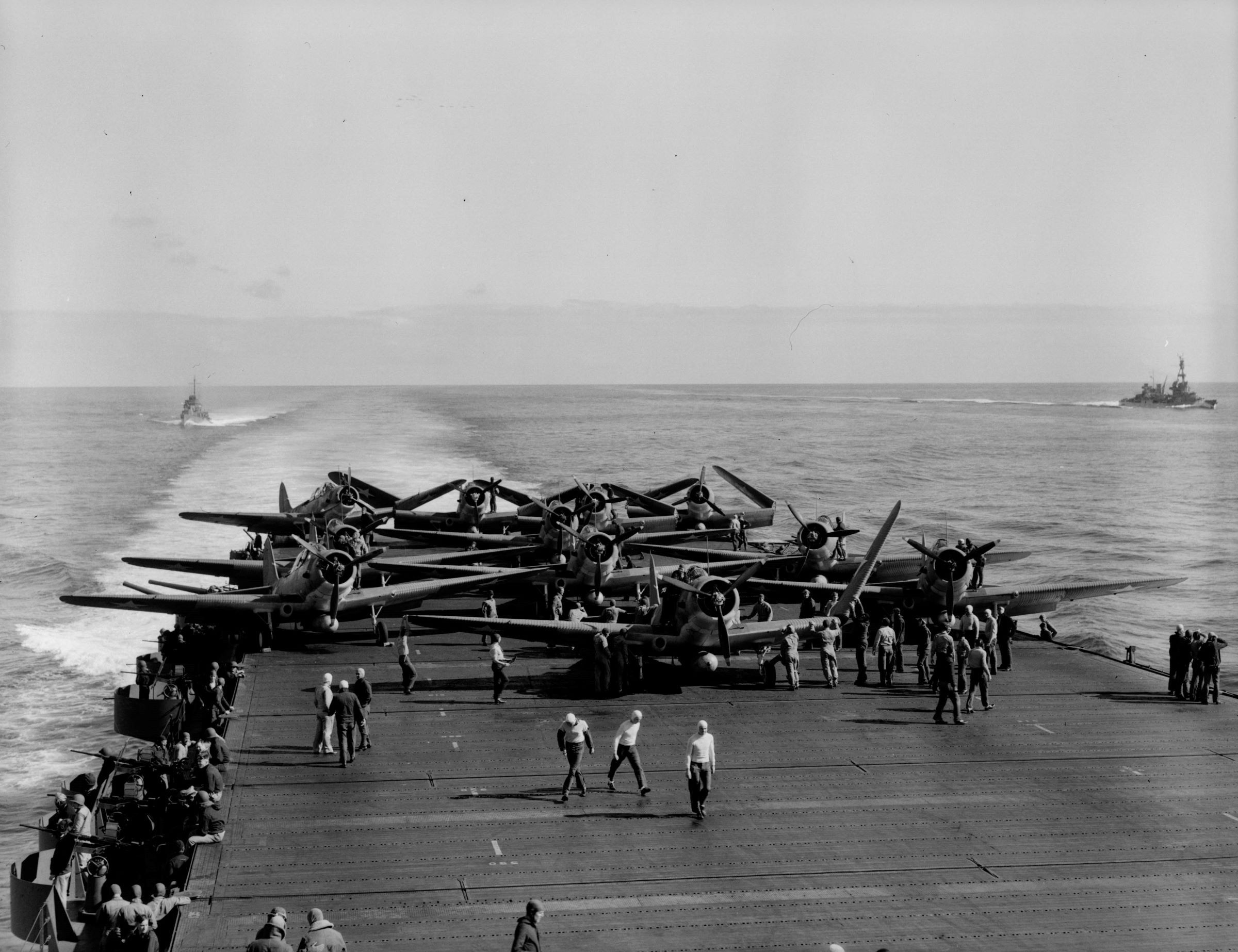











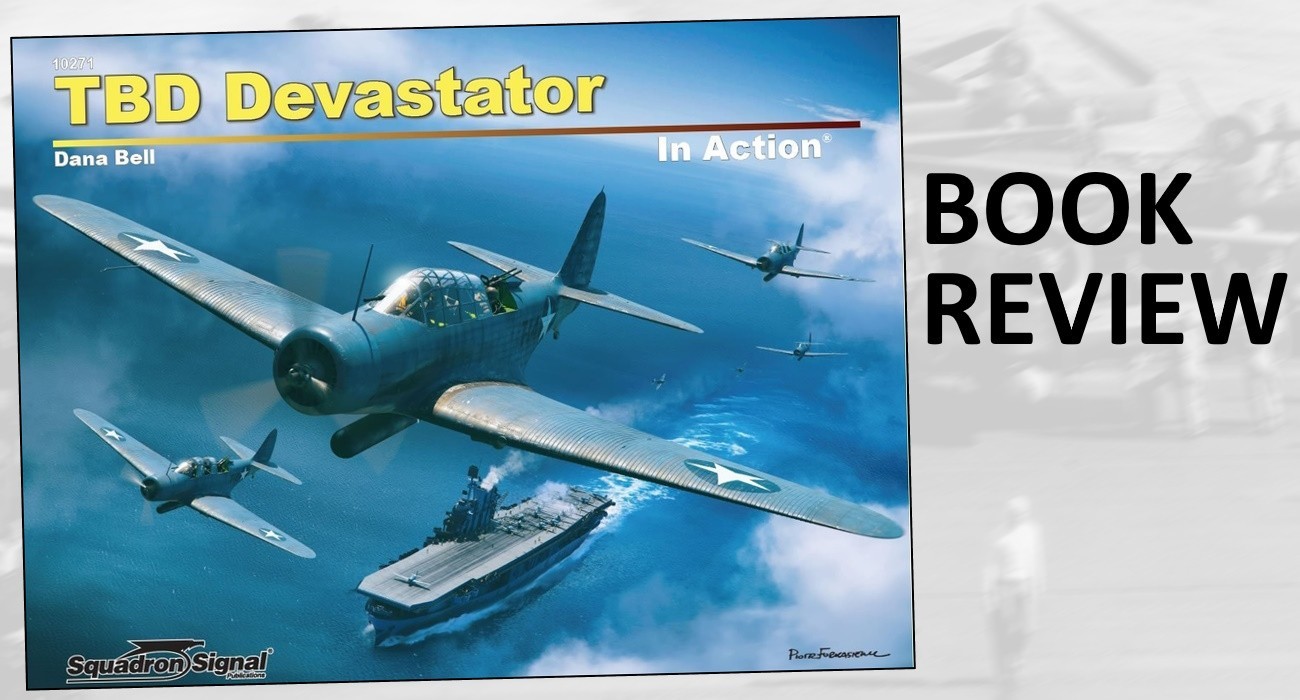













![Junkers F13 [Early Prod] With Winter Skis Coming Soon](/upload/media/posts/2025-07/22/48020-junkers-f13-with-winter-ski-early-prod_1753181324-s.jpg)

